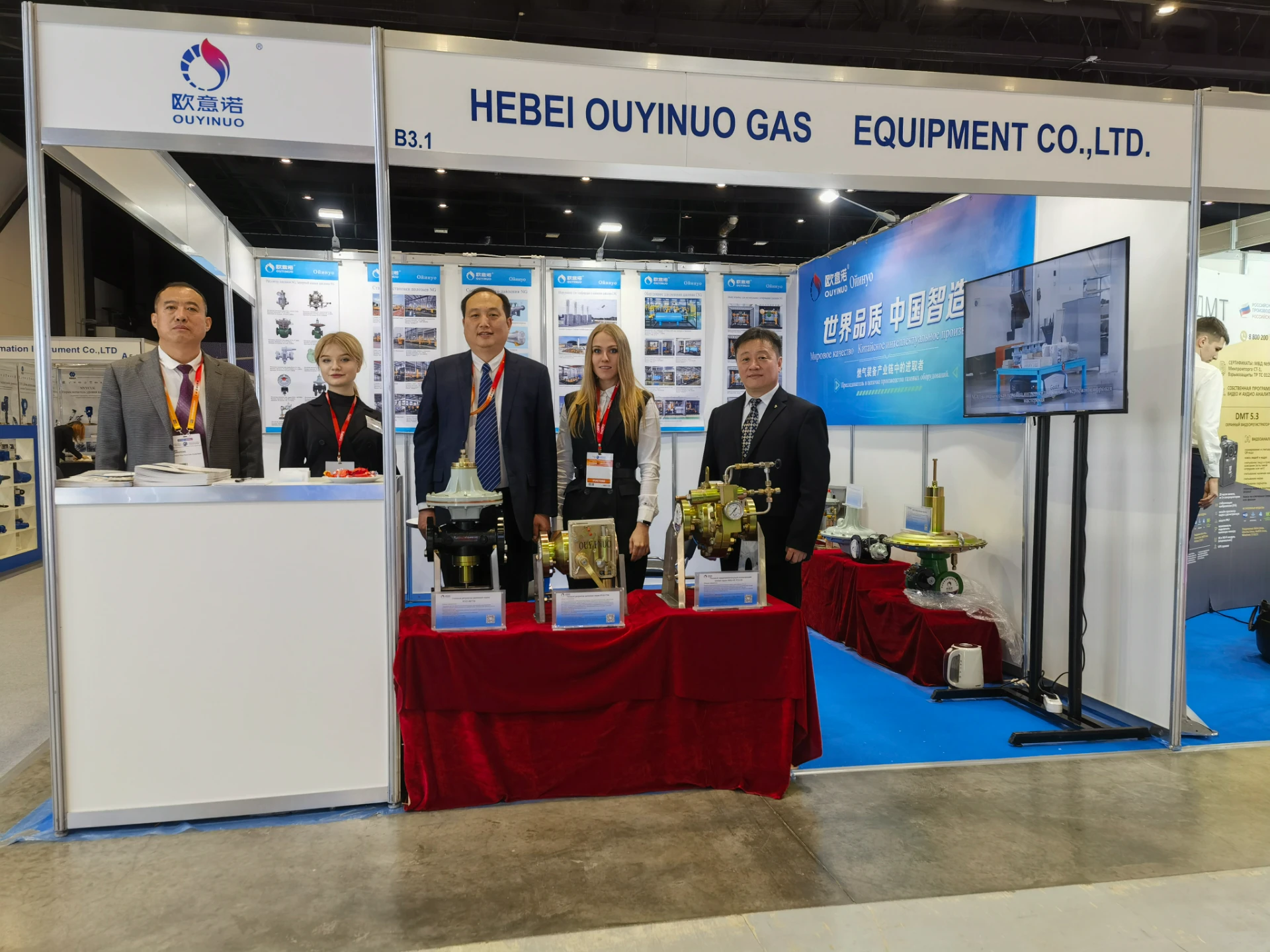
Nov . 05, 2024 01:24
Back to list
high pressure regulators
Understanding High Pressure Regulators Essential Components for Safe Operations
High pressure regulators play a critical role in various industries that utilize gas systems, including oil and gas, chemical processing, and manufacturing. As the name suggests, these devices are designed to control the pressure of gases, ensuring safe and efficient operations. This article delves into the importance, functionality, types, and applications of high pressure regulators.
What Are High Pressure Regulators?
High pressure regulators are devices that reduce the pressure of a gas from a higher inlet pressure to a lower outlet pressure. They are essential for controlling the supply pressure of gases such as natural gas, propane, oxygen, and various industrial gases. The primary function of a high pressure regulator is not only to lower the pressure but also to maintain a consistent pressure level, despite fluctuations in the upstream supply or downstream demand.
How Do High Pressure Regulators Work?
The operation of a high pressure regulator is based on a simple yet effective mechanism. It typically consists of a spring-loaded diaphragm that responds to changes in outlet pressure. When the outlet pressure rises above a preset level, the diaphragm moves to close off the gas flow, thereby reducing the pressure. Conversely, when the outlet pressure drops, the diaphragm allows more gas to flow through, maintaining the desired pressure level.
Various factors influence the effectiveness of a pressure regulator, including the type of gas being regulated, flow rates, temperature, and the specific application. Regulators are designed to operate within a specific pressure range, and selecting the right regulator for a particular application is crucial for safety and efficiency.
Types of High Pressure Regulators
There are several types of high pressure regulators, each tailored for specific applications and requirements
high pressure regulators

1. Single-Stage Regulators These regulators reduce pressure in a single step. They are typically used in applications with low flow rates and where outlet pressure variations are minimal.
2. Two-Stage Regulators As the name suggests, these regulators reduce pressure in two phases. They provide more stable outlet pressure regardless of fluctuations in inlet pressure or gas demand, making them suitable for applications requiring precise pressure control.
3. Back Pressure Regulators Unlike standard regulators that control outlet pressure, back pressure regulators maintain a specific upstream pressure. They are commonly used in chemical and process industries to prevent system overpressure.
4. High Flow Regulators These are designed for applications that require a high flow rate of gas while maintaining precise pressure control. They are often utilized in large scale industrial operations.
Applications of High Pressure Regulators
High pressure regulators are found in multiple industries due to their importance in safety and efficiency. Some notable applications include
- Natural Gas Distribution They regulate the pressure of natural gas in pipelines to ensure safe delivery to residential and commercial customers. - Welding and Cutting In the welding industry, regulators are used to control the supply of oxygen and acetylene for cutting and welding processes. - Laboratory Applications Gas regulators are essential in laboratories for experiments involving gases, providing a steady supply under controlled conditions. - Industrial Manufacturing In various manufacturing settings, high pressure regulators are employed to control the pressure of gases used in production processes, ensuring optimal performance and safety.
Conclusion
High pressure regulators are indispensable in managing gas supply safely and efficiently across a multitude of industries. By maintaining consistent pressure levels, these devices help prevent accidents and ensure the smooth operation of gas-dependent systems. Understanding the different types and applications of high pressure regulators is crucial for professionals working in environments where gas safety is paramount. As technology continues to evolve, further improvements in regulator design and functionality may emerge, enhancing safety and efficiency across various industries.
Next:
Latest news
-
Safety Valve Spring-Loaded Design Overpressure ProtectionNewsJul.25,2025
-
Precision Voltage Regulator AC5 Accuracy Grade PerformanceNewsJul.25,2025
-
Natural Gas Pressure Regulating Skid Industrial Pipeline ApplicationsNewsJul.25,2025
-
Natural Gas Filter Stainless Steel Mesh Element DesignNewsJul.25,2025
-
Gas Pressure Regulator Valve Direct-Acting Spring-Loaded DesignNewsJul.25,2025
-
Decompression Equipment Multi-Stage Heat Exchange System DesignNewsJul.25,2025

